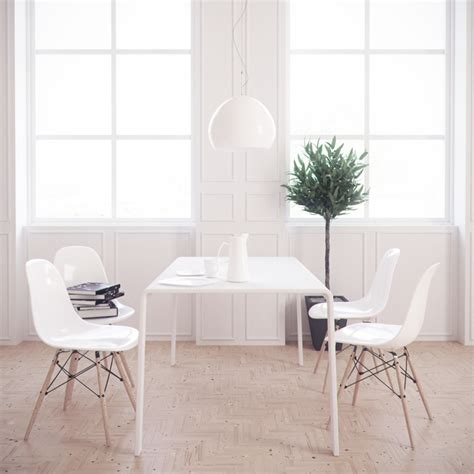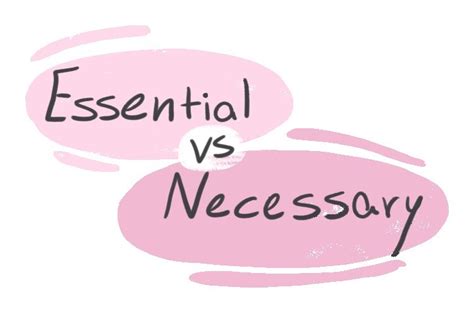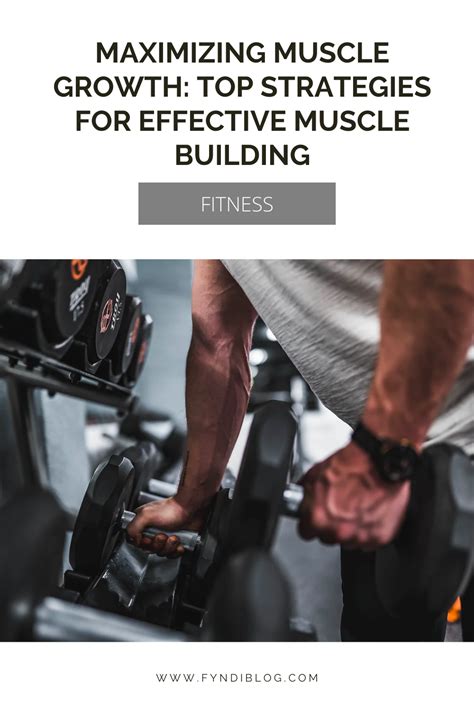Streamline EDC for minimalist efficiency & peak readiness?

In a world of endless gadgets and “must-have” items, the concept of Everyday Carry (EDC) can quickly become overwhelming. For many, it evolves into a collection of what might be needed, rather than what truly is. But what if you could pare down your daily essentials to a lean, purpose-driven selection that not only enhances efficiency but also boosts your readiness for any situation?
This article explores the art of streamlining your EDC through a minimalist lens, ensuring every item serves a vital function, reduces clutter, and prepares you for the unexpected without weighing you down.
The Core Philosophy of Minimalist EDC
At its heart, minimalist EDC isn’t about carrying as little as possible; it’s about carrying as much as necessary, and no more. It’s a mindful approach that prioritizes utility, reliability, and thoughtful selection. Every item should earn its place in your pockets or bag, contributing directly to your daily tasks, problem-solving, or emergency preparedness. This philosophy encourages a deep understanding of your personal needs, environments, and potential challenges, leading to a highly personalized and effective carry.

Key Principles for Streamlining Your Carry
Assess Your Needs: The “Why” Behind Each Item
Before adding anything to your EDC, ask yourself: “Why do I need this?” Consider your daily routine, work environment, hobbies, and the common problems you encounter. Are you frequently cutting open packages, needing a light in dark spaces, or jotting down ideas on the go? Your answers will dictate your essentials. Avoid speculative “what ifs” and focus on probable scenarios.
Quality Over Quantity: Investing Wisely
A few high-quality, durable, and reliable items often outperform a dozen cheap, flimsy ones. Investing in gear that can withstand daily use and perform consistently reduces failure points and the need for frequent replacements. Look for multi-functional tools that consolidate capabilities, saving space and weight without sacrificing utility.
The “Carry vs. Don’t Carry” Test
If you haven’t used an item in your EDC for a few weeks or months, consider removing it. The exception here might be true emergency items (like a first-aid kit or fire starter) that you hope never to use but are critical when needed. Regularly audit your carry, adapting it as your life circumstances change. This iterative process keeps your EDC agile and truly representative of your current needs.

Essential Categories and Smart Choices
While everyone’s EDC is unique, certain categories form the backbone of a well-rounded minimalist carry. Think in tiers:
- Tier 1 (Always Present): Your “Holy Trinity” – wallet, keys, and phone. Focus on slim profiles and essential cards.
- Tier 2 (Commonly Used Tools): A compact knife for utility, a small but powerful flashlight, a reliable pen, and a small notebook. These are workhorses for daily tasks.
- Tier 3 (Situational Preparedness): Depending on your risk assessment, this might include a minimalist first-aid kit, a portable power bank, a small pry bar, or emergency signaling tools. These items are for less frequent but higher-impact scenarios.
When selecting, prioritize items that are lightweight, durable, and offer intuitive functionality. Think about how items interact with each other and your clothing or carry system.

Optimizing Your Carry System
Even the most streamlined collection can feel cumbersome without proper organization. Consider:
Pocket & Bag Management
Utilize organizers, small pouches, or even specific pocket designs to keep items accessible and prevent them from jumbling together. A well-organized pocket allows for quick retrieval and reduces wear and tear on your gear.
Weight and Bulk Reduction
Opt for lightweight materials (titanium, aluminum, advanced polymers) where possible. Choose slim wallets, key organizers, and compact versions of tools. Every gram and millimeter saved contributes to a more comfortable and less noticeable carry.
Practice and Adaptation
Regularly practice accessing and using your EDC items. This builds muscle memory and reveals any inefficiencies in your setup. Be prepared to adapt your carry based on seasonal changes, travel, or new challenges you face.

Achieving Peak Readiness
Minimalist efficiency isn’t just about having less; it’s about having exactly what you need, where you need it, when you need it. This leads to a profound sense of readiness. When your EDC is intentionally curated and organized, you move through your day with greater confidence, knowing you’re equipped to handle common inconveniences and even significant emergencies with competence.
It liberates you from the mental clutter of carrying unnecessary items and sharpens your focus on the essentials. Peak readiness isn’t about preparing for every conceivable disaster; it’s about being capable and adaptable with a thoughtfully chosen, reliable set of tools.

Conclusion
Streamlining your Everyday Carry for minimalist efficiency and peak readiness is an ongoing journey of self-assessment, intelligent selection, and continuous refinement. By embracing a philosophy of purpose-driven items, prioritizing quality, and optimizing your carry system, you can transform your EDC from a collection of potential burdens into a powerful, discreet extension of your capabilities. Embrace the freedom and confidence that comes with carrying less but being more prepared.







